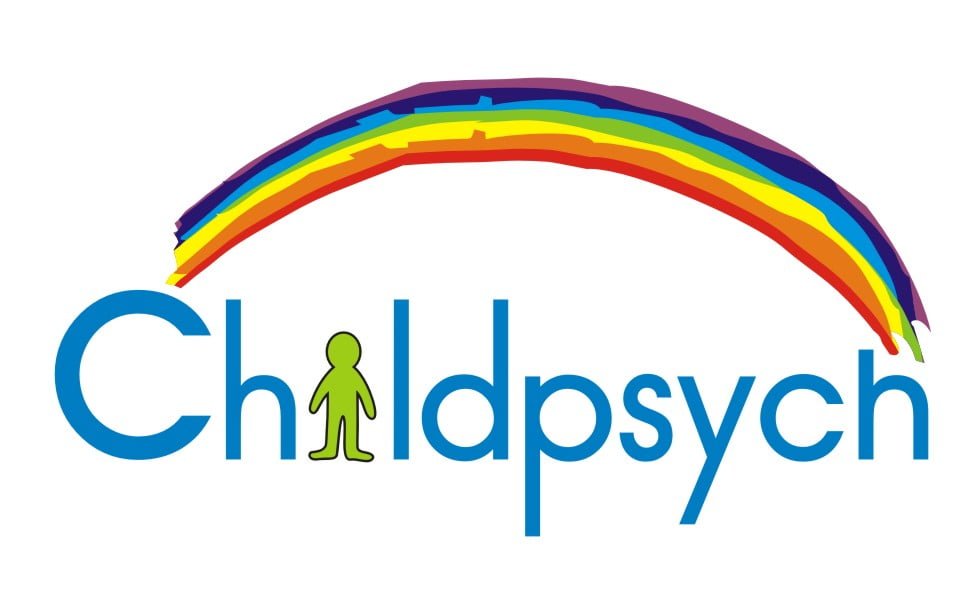Have you ever heard of Pathological Demand Avoidance (PDA)? As the name suggests, it describes a pattern of behavior where a child’s resistance to complying with demands is so intense that it interferes with their ability to function effectively at home or school. While all children sometimes avoid tasks they dislike, PDA is characterized by extreme avoidance behaviors that can seem automatic, even in situations involving activities they usually enjoy.
Children with PDA might ignore requests, fabricate excuses, withdraw, or intensely focus on something else to avoid engaging with the demand. In more extreme cases, they may have meltdowns or exhibit rude or aggressive behavior to escape the situation. It’s important to note that these behaviors are not about being “bratty” or defiant; PDA is closely associated with autism and often stems from feelings of anxiety and difficulty handling sudden changes in routine.
Understanding the Roots of PDA
Children with autism and PDA struggle to interpret social cues, making it challenging for them to adapt to even minor shifts in their environment. As a result, a seemingly simple request can feel abrupt or overwhelming, triggering their avoidance response. For instance, a child may refuse to take a shower, even though they normally enjoy the activity, because the request feels unexpected or intrusive.
The avoidance behavior in PDA is typically driven by heightened anxiety and a strong need to feel in control of their environment. Recognizing these underlying factors is essential in supporting children with PDA effectively.
Strategies to Support Children with PDA
If you work with a child with PDA, adopting specific strategies can help reduce their anxiety and encourage cooperation:
- Create Predictable Routines
Children with PDA thrive on consistency. Establish predictable routines and provide advance warnings for transitions. For example, you could say, “You’ve got 10 more minutes of watching this episode, and then it’s time to shower.” Giving them time to mentally prepare reduces the likelihood of resistance. - Use Collaborative Language
Avoid issuing direct commands, which may feel confrontational to a child with PDA. Instead, phrase requests as questions or use gentle language, such as, “Would you be able to pick up the towel off the floor, please?” This approach feels less like a demand and fosters a sense of autonomy. - Explain the Reasons Behind Requests
Providing clear, logical explanations can help a child understand the purpose of a request. For instance, you might say, “It’s important to pick up wet towels so they don’t stay wet and become stinky.” This gives them a rationale and makes the task feel more meaningful. - Encourage Collaboration
Involve the child in decision-making to give them a sense of control. For example, you could say, “I think we need to pick up these towels so they don’t become moldy. What do you think? Would you be able to help me with this?” Collaborative communication helps reduce feelings of anxiety and promotes teamwork.
Final Thoughts
Pathological Demand Avoidance can be challenging for both children and caregivers, but understanding its roots and implementing thoughtful strategies can make a significant difference. By creating predictable routines, using collaborative communication, and offering clear explanations, you can help children with PDA feel more secure and better equipped to handle everyday demands.
For more tips on supporting children with PDA and other developmental challenges, follow this page. Together, we can create a more inclusive and understanding environment for every child.
Watch a helpful video below:




